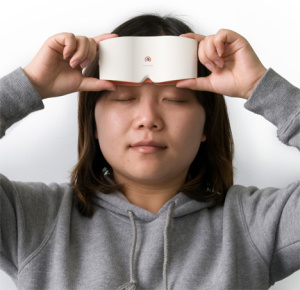Sight and touch: Two new elements you might want to add to your foreign language lessons
Medical Pharmaceutical Translations • Mar 16, 2015 12:00:00 AM

Most of these methods, however different, basically fall under a written versus oral category, with variants like group or one-on-one lessons, technology, and different learning environments adding to variety. But new research from the Max Planck Institute shows there might be some other approaches to language learning that most of us hadn’t considered.
Published in early February of this year, the study reveals that people seem to retain foreign language vocabulary longer if it’s associated with gestures or images. A group of people were given a week to learn new words in Vimmish, a language that was invented by the Institute, so that it would be completely new to any participant. Participants were taught vocabulary words in different ways: making specific gestures associated with each word, learning each word associated with an image, or tracing the words and observing someone make a corresponding gesture to the word.
In the end, the experiment’s participants had less trouble retaining words they’d learned with the images or by making gestures, than those they’d learned by tracing or by watching someone else’s gestures. Brain scans showed that when participants remembered a new vocabulary word they’d learned with gestures or images, the parts of the brain that deal with motor skills or images were active in addition to those used for verbal processing. More research needs to be done to determine things like whether these other active parts of the brain actually influence language learning, but it seems like it could very well be the case.
If you’ve learned to speak a foreign language, you may even have experienced something like this when it came to vocabulary. If you think about it, for example, can you remember at least an illustration or two in some of the textbooks you used? I know I can.
And touch may even be more important than images when it comes to language learning. Another recent study examined the role of touch in infant vocabulary acquisition. The study was inspired by the fact that babies often learn the names of body parts thanks to their parents touching a part and saying its name. Researchers found that touching a baby directly, as opposed to having the baby watch someone else touch a body part, helped them learn new vocabulary.
So if you’ve tried what feels like all the methods out there and you’re still having trouble learning a foreign language, don’t despair! Add some gestures or images to your vocabulary lists, and see where that takes you!
#aiatranslations #foreignlanguages #GlobalTrainingGroup #languagelearning
